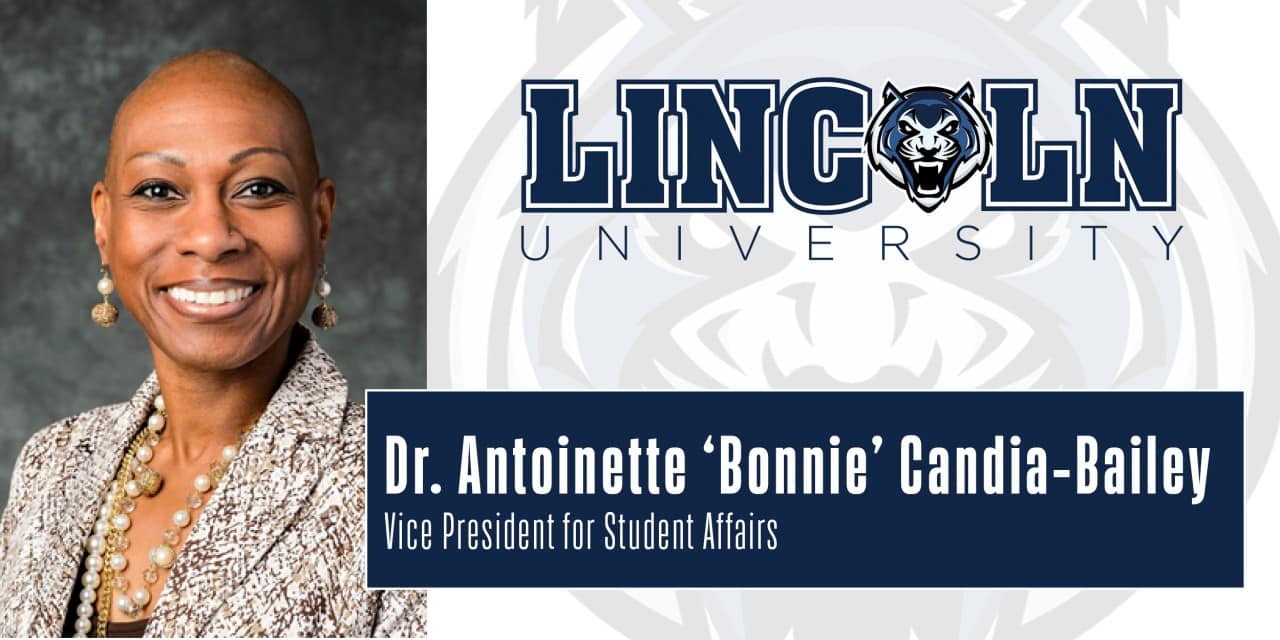Attuning to the Cry: Suicide Prevention Among Professional Black Women


As a prevention scientist and psychotherapist dedicated to working with professional Black women throughout my career, and with consideration to the recent death of Dr. Antionette “Bonne” Candia Bailey, I find it imperative to address a pressing concern that demands our collective attention: suicide prevention among professional Black women. Acknowledged by the Centers of Disease Control and Prevention (CDC), suicide is a public health problem that can be prevented. Despite this fact, the statistics are alarming. According to a study by Boston University Chobanian & Avedisian School of Medicine and Howard University, Black women aged 18–65 have the highest suicide risk among women regardless of socioeconomic status and Black women in the highest income strata face a 20% increase in the odds of suicide compared to their White counterparts in the lowest socioeconomic strata. This revelation underscores the urgency of understanding and addressing the unique challenges faced by professional Black women.
As a suicide prevention strategy, the CDC’s suicide prevention Resources for Action emphasizes the importance of creating protective environments by creating healthy organizational policies and cultures. This brings us to a crucial question. Do you think about suicide prevention as you develop policies and engage in the day to day culture of your workplace? Can our workplaces genuinely identify as healthy environments? While we meticulously address occupational hazards to physical health with Occupational Safety and Health Administration (OSHA) standards, there is a glaring absence of oversight to ensure the psychological well-being of individuals within the workplace. “OSHA is a national public health agency dedicated to the basic proposition that no worker should have to choose between their life and their job”. Do we, as a society, approach mental health with this same fervor and energy? No! Unfortunately, our attention often turns to crisis responses only when it’s too late. We completely overlook the shrieking cries and signs of psychological pain expressed by professional Black women while disproportionately emphasizing their aptitude for resilience and misinterpreting their cry as “aggression”.
In my years of supporting successful and professional Black women, I’ve observed distinct signs of psychological distress stemming from workplace environments that often go unnoticed or are misinterpreted. These signs are direct cries for help that demand attention and intervention, however, they are interpreted as irritants to the untrained ear or the apathetic listener.
Because this article is inspired by Dr. Antionette “Bonnie” Candia Bailey, below, I will use direct quotes from her email to illustrate how she cried for help and continued to champion for change until the day of her death. Quotes were taken from Dr. Bailey’s email to Dr. Mosley. You can see the email in full in this video.
Overworked to prove her commitment, worth, and value.
“While everyone was asleep, I was working. While on vacation, I was working. You even asked that I do a “schedule send” on emails so folks aren’t getting messages at all times of the night. I made it clear to staff that I work 24/7, but I don’t have that expectation for them to be up working.”
Shape-shifted or code switched to get her needs met.
Be kind and watch how you talk to people. People have feelings, and your words HURT. I observed you don’t like it when people do this to you. I mentioned this to you, and you said, “Bonnie, you do the same thing.” I acknowledged I was direct and tried to make changes in my delivery.
Over explained to help amplify her humanity.
I acknowledge we had significant problems in housing with numbers. It should have been recognized I was three months into the position. The Assistant Dean was a month into his role. The staff needed to be fully trained on THD, and we still had six sessions after opening.
Use established mechanisms and protocol to directly express and document her issues and needs.
“I requested to be removed under your leadership and from PAC as this was causing significant attacks”
“However, I was under the impression the board monitored and assured the overall management of the President. Forgive me for drawing this conclusion. I asked April if I had concerns with you and who I should contact. She failed to respond.”
Extend support and guidance to the individual causing distress, in an attempt to benefit both her and those within her circle of care.
“As an incoming President, you were required to receive leadership coaching (which you complained about meeting with Joe). Coaching is needed. Have Joe and his team member strategically help you and bridge the gap.”
“Take ownership and don’t get defensive when people try to provide feedback. I had to make things right before I left this earth. As you beat me during opening, I beat a staff member (William). I was three months into the job, and he was a month and a week into the job. You beat me about housing, and I lashed out at him. A trusted mentor helped me realize this. I’m so thankful William accepted my apology and discerned what was occurring. He even said he continued to pray for me.”
Continued to support others in the workplace.
“If your soul is empty, troubled, in despair, and you see red flags, leave. Don’t try to stick around. My soul can now rest.”
Speak truth to power and held others accountable.
“If it was so bad, you should have provided me with an improvement action plan to work with me on my poor performance. You had no intention of retaining me as the VPSA. It went downhill after the FMLA and ADA documents were submitted due to my severe depression and anxiety.”
“Another concern is that Cindy Wausing can go off on people in emails. You defend her behavior as the White woman and say, “She was angry,” and it’s acceptable. However, I’m an angry Black woman. No, those words weren’t strictly used, but you indeed alluded to this stereotype that has demoralized Black women for decades.”
”Greg Hayes, as a White man, I should allow him to talk to me anyway like I’m “the help,” and because I tell him he’s privileged (not White privilege), I am documented. I warned him three times (and it’s documented) to stop talking to me anyway. It bothered me that you didn’t ask my side of the story. You called me into a meeting to provide a write-up and based your decision on three university employees in July. April later printed off her recommendation and came to my office to share. The meeting should have been conducted differently to include only PAC; you still didn’t follow up.”
Sought transparent and specific feedback for improvement, persisting in this effort even though they are aware they are not the root cause of the issue, demonstrating a commitment to growth and collaboration.
“I also need clarification about how some examples (your attached documents) reflect information in the evaluation. I am open to feedback. I really would like some guidance.”
“Again, it would have helped if you discussed many of the concerns mentioned. I also acknowledged and took ownership of my mistakes in emails. You failed to respond. Please obtain a copy of the recording with the investigator regarding my attempts to meet with you.”
“Several times, I asked for help, your expectations, and an improvement action plan, and you ignored my requests (failing to respond to emails), or when face-to-face, you danced around the topic. This is documented and noted. The 11/15/23 evaluation meeting was the first time I heard many of the concerns. When I respectfully challenged you, you agreed to “strike a concern.” I couldn’t even finish the meeting because you didn’t hear me. I left in tears.”
Prioritized work over other aspects of life and well-being.
“I’m an only child, and my mom worries and had so many sleepless nights because of my stress from this job. The tears broke her heart and Anthony’s. AB told Momma, “I refuse to allow that school to kill my wife.” He explained how he let me go to Missouri and take the job. He often tried to pick me up to bring me back home. He tried so hard to shield me from afar.”
“Student Affairs was my love, and my love killed me.”
In Dr. Antionette “Bonnie” Candia Bailey’s experience, these signs, while clear indicators of distress, unfortunately were labeled and treated as aggressive, sensitive, incompetent, or angry in the workplace. Unfortunately, this is a common experience of Black professional women and there are several research studies that document the psychologically damaging experiences of Black and African American women in higher education and other workplace environments. In order to attune to the cry of professional Black women, it’s essential to recognize that perceptions of “anger” may actually be signals of distress and a fight for sanity and psychological well-being. Too often, these cries for help are overlooked until it’s too late.
Leaders are responsible for identifying and addressing mental health concerns in the workplace and they must acclimate to these particular sounds of distress exhibited by Black professional women. A genuine understanding of their expressions of psychological pain is crucial for effective suicide prevention and necessary if leaders want to work toward the cultivation of protective environments as suggested by the CDC. We must move beyond mere crisis response and develop workplaces that not only respond to, but actively prevent the struggles faced by professional Black women.
In conclusion, I urge each reader to intentionally notice these cries for help. Understand how the sound may be similar or different from your own pleas for a healthier work environment. Confront any defensiveness you may feel when observing outcry of others. And if you can, intervene with compassion and support. If you can’t intervene, please do not create or uphold barriers. By fostering awareness, understanding, and proactive support, we can contribute to the creation of environments that genuinely protect the wellbeing of Black professional women so we will not have to choose between our lives and our jobs!



